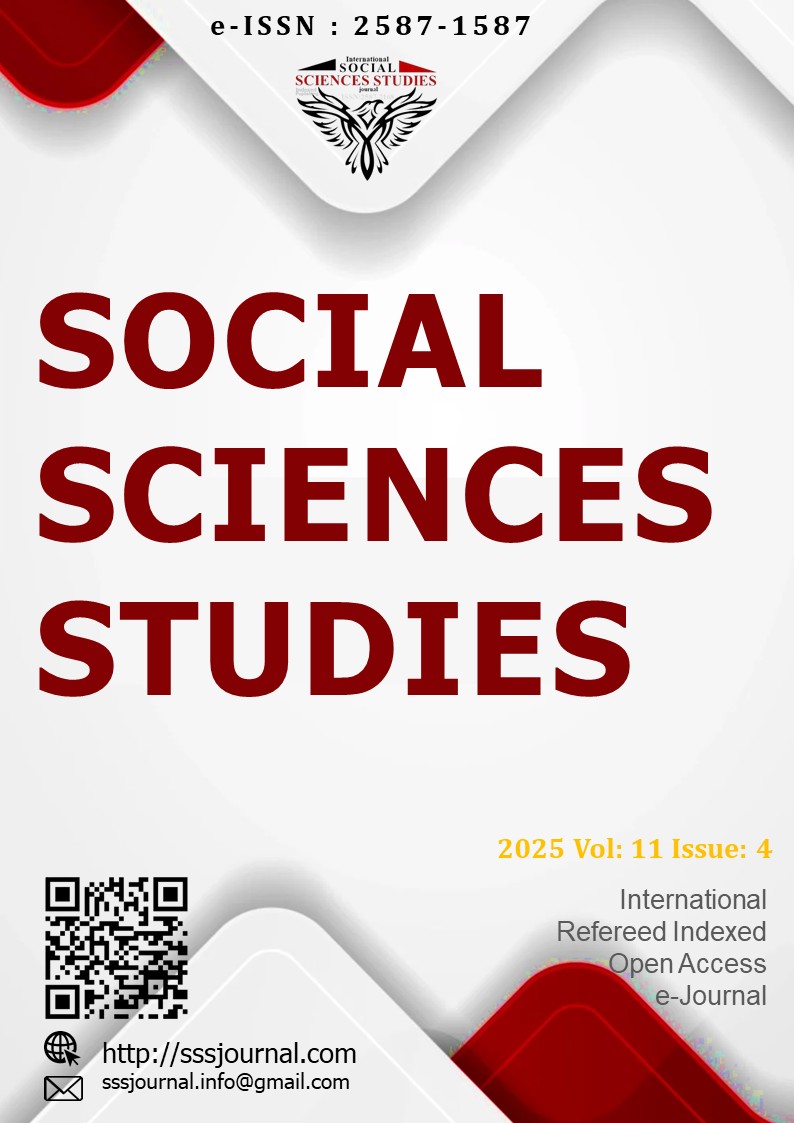Author :
Abstract
|
Tarihsel sürecin değişmeyen en önemli özelliği değişimin kaçınılmazlığı ve sürekliliğidir. Tarih boyunca evrende yer alan her şey durmaksızın sürekli bir değişim yaşamıştır, yaşamaktadır. Günümüzde değişim o kadar hızlı gerçekleşmektedir ki, bu değişimi takip etmek çoğu kez olanaksız hale gelmektedir. Değişimin hızı hızlanmıştır şeklinde ifade edildiği sıkça rastlanan bir önerme haline gelmiştir. Herakleitos’un ‘bir ırmakta iki kez yıkanılamaz’ mottosu, diyalektik olarak evrendeki her şeyin sürekli bir değişim halinde olduğuna vurgu yapar. Hatta bu ifade ‘değişmeyen tek şey, değişmenin kendisidir’ şeklinde sıkça vurgulanmaktadır. |
Kentler de bu anlamda ilk kurulduğu günden bugüne sürekli değişim göstermektedir. İlk kuruldukları günden günümüze farklı yapı ve karakterde bir değişim/gelişim trendi göstermişlerdir. En eski formundan en yeni formuna kadar kentler, sadece mekânsal özellikleri ile değil, bu mekânda ortaya çıkan toplumsal ilişkiler bağlamında da merak ve inceleme konusu olmuşlardır. Kentler, sadece mekânsal özelliklerden ibaret olmayıp, uygarlığın geliştiği ve insanlığın ulaştığı zirvenin temsilcisidirler. Bilimin, sanatın, teknolojinin ve evrensel eğer ve normların geliştiği ve uygulama alanı bulduğu yerlerdir. Ticaret, turizm, ulaşım ve hizmet sektörünün en ileri biçimlerinin yaşandığı yerler yine kentlerdir. Nehir kenarları ve sulak alanlarda başlayan kent serüveni artık akıllı kentler üzerinden değerlendirilmekte ve tartışılmaktadır. Geleceğin kentleri olarak bir yanda Cittaslow tartışılırken, diğer yanda akıllı kentler (smart city) tartışılmaktadır. Bu tartışma; geleceğin kentleri olarak nitelenen akıllı kentlerin nitelikleri, insanın yaşamına katacağı konfor ve kolaylıkların yanında beraberinde getireceği risk ve tehditleri içermektedir. Yapay zekanın hayatın her alanına girmeye başladığı günümüz dünyasında teknoloji bağımlı kentler bir takım avantaj ve dezavantajları da beraberinde getirmektedir
Keywords
Abstract
|
Change is the most constant aspect of history. Every aspect of the universe has undergone—and continues to undergo—perpetual change. The velocity of change has accelerated so much that following its trajectory is difficult now. The assertion that "the pace of change has quickened" has evolved into a ubiquitous axiom. Heraclitus’s maxim, "One cannot step into the same river twice," dialectically underscores the ceaseless flux inherent to all phenomena in the universe. This notion is frequently reiterated in the adage, "The only constant is change itself." |
Cities, in this context, have evolved continuously since their founding. They have developed differently in structure and character since its founding. Cities have fascinated scholars for their spatial features and social relations from their most ancient to their most modern forms. Cities are not mere aggregates of spatial features; they epitomize the zenith of civilizational advancement and human achievement. They are loci where science, art, technology, and universal values and norms are cultivated and operationalized. Furthermore, cities serve as crucibles for the most sophisticated expressions of commerce, tourism, transportation, and service industries. The urban saga that commenced along riverbanks and wetlands is now being reimagined and debated through the prism of smart cities. While one discourse contemplates Cittaslow as the cities of the future, another engages with the paradigm of smart cities. This debate encompasses not only the attributes of smart cities—hailed as future urban models—and the conveniences and comforts they promise for human life but also the concomitant risks and threats they entail. In today's world, where artificial intelligence permeates every sphere of existence, technology-dependent cities present a duality of advantages and disadvantages.





